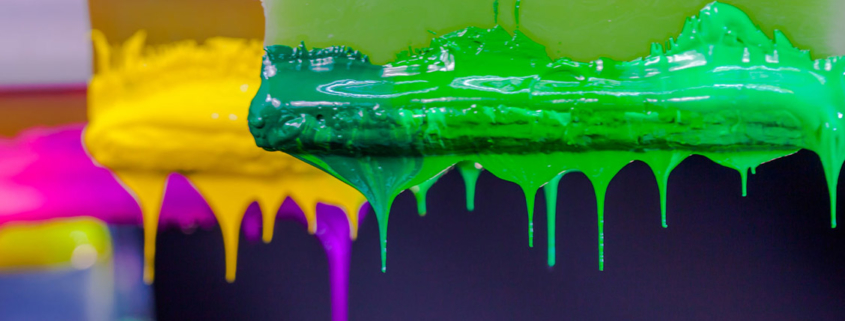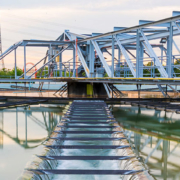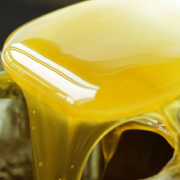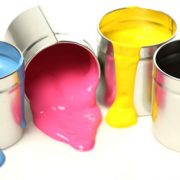What are plastisols and how are they made?
Plastisols are compounds made with PVC resin, a plasticiser replacing Dioctyl Phthalate which provides flexibility and durability, and other additives such as calcium carbonate, epoxidised oil, stabilisers, colourants, etcetera.
Also known as PVC pastes, plastisols maintain a liquid state with visco-elastic properties when at room temperature. However, when subjected to temperatures above 43ºC, plastisol viscosity increases and, when reaching temperatures of over 160ºC, it can change from a liquid to a solid state after cooling as a result of process known as gelation.
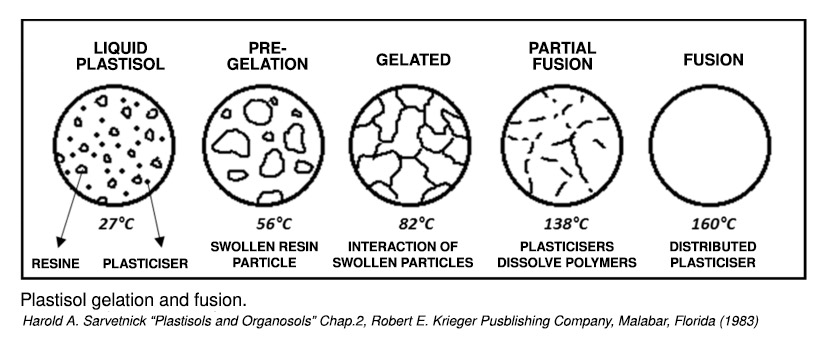
The use of plastisols is widespread in the entire industry. Depending on their formulation, they can be used for:
- textile screen printing, with plastisol inks;
- footwear, leather goods and upholstery manufacturing;
- insulator manufacturing for electrical conductors due to their high corrosion and abrasion resistance, and because they do not conduct electricity;
- part moulding manufacturing for toys, masks, key rings….,
- part manufacturing for the automotive industry such as air or petrol filters.
Properties of plastisols
When determining a plastisol formulation that fits its final use, it is important to consider certain general characteristics of these types of PVC compounds. Among these are the following:
- The optimum operating temperature for this product to attain adequate elongation, tension and non-Newtonian flow properties is 175ºC.
- The paste’s viscosity is related to the content and quality of the fillers used. The higher the filler content, the more difficult it is for it to flow.
- Hardness: the higher the plasticiser content, the lower the hardness, and the higher the filler content, the greater. When hardness is higher due to the filler content, plastisol has a lower tensile strength, lower elongation and less flexibility.
Rheology
Rheology is a branch of physics that studies the flow and deformation of matter when it is subjected to shear strength and axial forces. In our article on thixotropy we referred to this as a “rheological property of fluids”, although we specified the fundamental difference between the rheological behaviour of thixotropic products (decrease in viscosity over time at constant shear rate) and that of pseudoplastics (decrease in viscosity at increasing shear rate).
Depending on the applications for which it has been manufactured, we must consider the rheological properties of the formulation in order to obtain the one that best suits the product in question.
For example, in the case of plastisols for coatings, it is necessary to attain a low viscosity in order to achieve a perfect distribution of the product. This is due to the high deformation speeds caused by the dosing units. However, when low shear rates occur, e.g., during the gelation process, plastisol must be highly viscous to ensure it flows. When plastisols are used to manufacture parts or in rotational moulding, achieving an intermediate viscosity is ideal to guarantee the correct distribution of the product on each part.
In order to achieve different rheological behaviours on plastisols, it is necessary to modify its filler, lubricant or plasticiser formulations, or even the resin particle size distributions.
What to consider when manufacturing plastisols
Chemistry manuals define plastisol as the viscous dispersion of a resin suspended in a liquid plasticiser. Depending on its viscosity, it can have liquid or paste-like consistency.
In addition to the above-mentioned properties, the characteristics of the equipment used must also be considered when manufacturing plastisols in order to achieve an optimal mixing of the components and avoid agglomeration of the resin or any heating phenomena that could lead to plasticiser evaporation, which would result in an undesirable increase in viscosity.
The shear rate and the order in which the components are added must also be taken into account as this will affect the product’s rheological behaviour.
Oliver + Batlle has equipment specially designed for manufacturing plastisols depending on batch size and product viscosity. From DISPERMIX VF-VFR for small batches and medium viscosity to DISPERMIX DUAL VFD with a loop blade mixing component and dispersing shaft for medium batches of medium-high viscosity, both models are equipped with vacuum lids and special cooled vessels. Other possible options for larger batches are coaxial agitators, such as POLIMIX (cylindrical or truncated cone shape) or HIDROBAT planetary mixers for products with very high viscosity. These come with all the necessary options for controlling the key parameters for manufacturing plastisols, such as product temperature and vacuum.
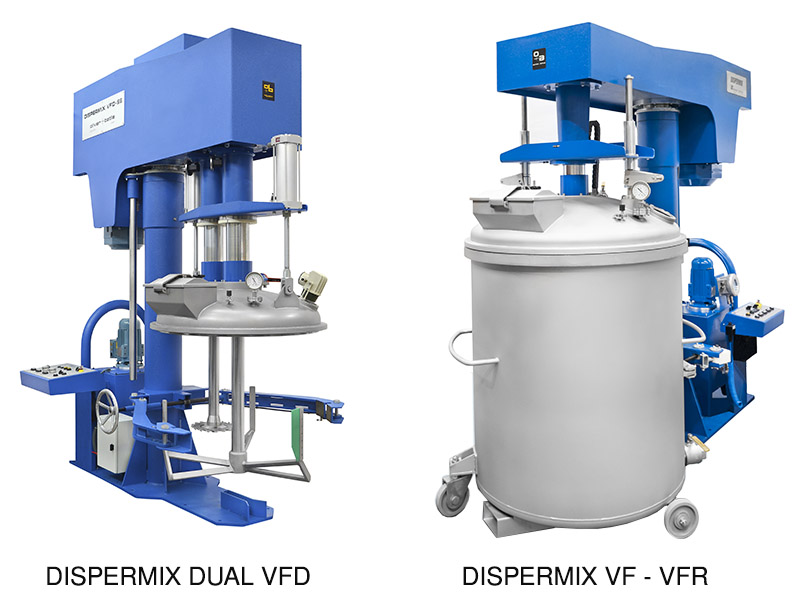
What types of plastisols can be manufactured with O+B equipment?
Oliver + Batlle has technical equipment specialised in offering solutions suited to manufacture all types of products.
Each equipment has a different model available depending on the motor power, disc speed or useful volume batch range needed.
Regarding the types of plastisols that can be manufactured with our equipment, the following stand out:
- Rotational moulding plastisol: used in hollow part mould manufacturing of dolls or decorative figures.
- Coatings: these are applied to metal products, ceramics or other materials in order to protect them from corrosion, or to perform an insulating function. Examples of these are tools, handles and kitchenware.
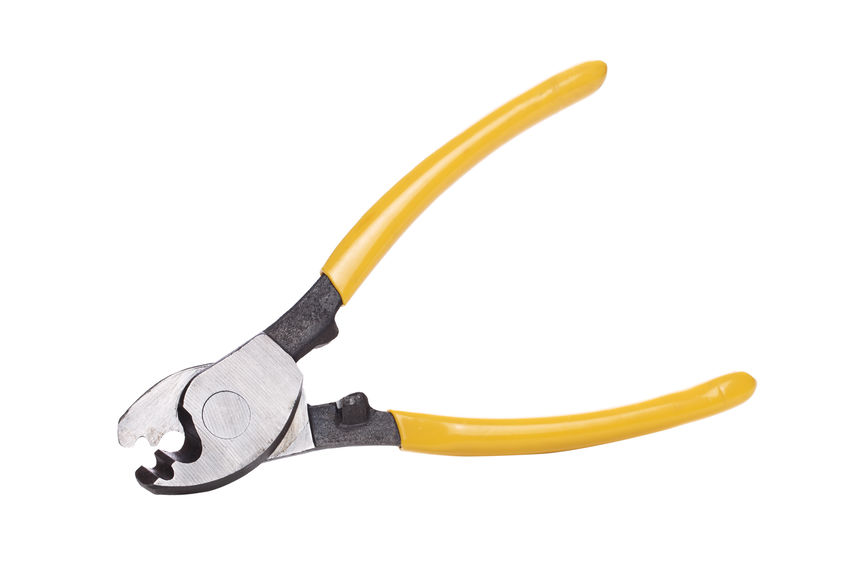
- Fabric coatings: plastisol coatings are applied to natural or synthetic fibres that make up fabrics for footwear, waterproof tablecloths or tarpaulins… It can also be applied on paper to manufacture decorative wallpapers or other products.
- Filter plastisol: As previously mentioned, plastisols are used to manufacture air or petrol filters for the automotive industry or water filters for the food industry.
- Crystal Plastisol: the name comes from its distinctive transparency. It is widely used to manufacture decorative items and promotional products, but also in label lamination, etcetera.
- Labels: highly durable and flexible, these plastisols are used on the labels of shoes, clothes…
- Semi-elastic: widely used in the toy industry to manufacture elastic and durable products.
- Silicone treatment: with a feel similar to latex, these types of plastisols offer great elasticity and softness. They are used mainly in the pharmaceutical industry and in toy manufacturing.
- Plastisol screen printing: widely used in the textile industry for screen printing on dark fabrics with light inks. Plastisol inks have the advantage of not drying out and remaining fluid, thus allowing a correct transfer to the fabric and high colour quality.
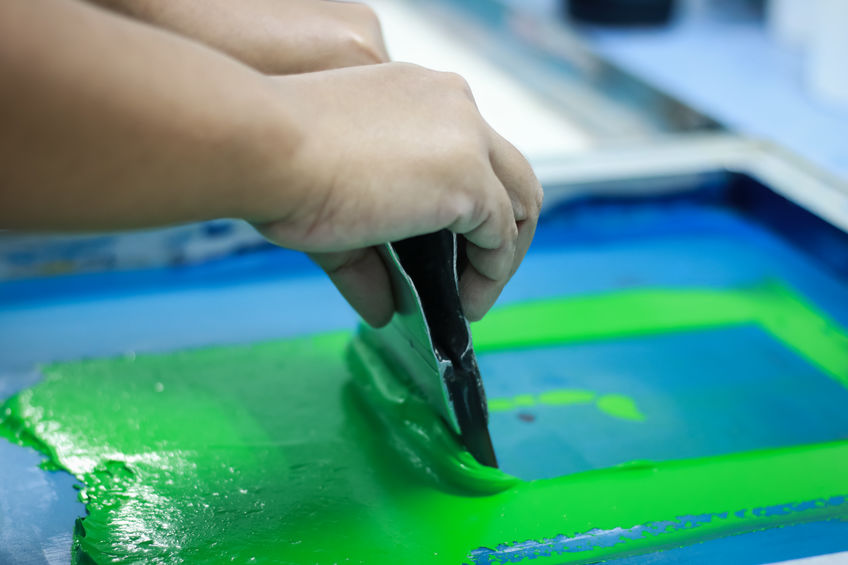
- Ecological Plastisol: among textile plastisol inks, in recent years some variations have come about that attempt to follow a more sustainable and environmental approach by eliminating additives such as phthalates and PVC from their formulas.
Oliver + Batlle invites you to contact our specialists and ask for more information on equipment for manufacturing plastisols.
Share any doubts or experiences in the comments section and follow us on LinkedIn to keep up with our news.

